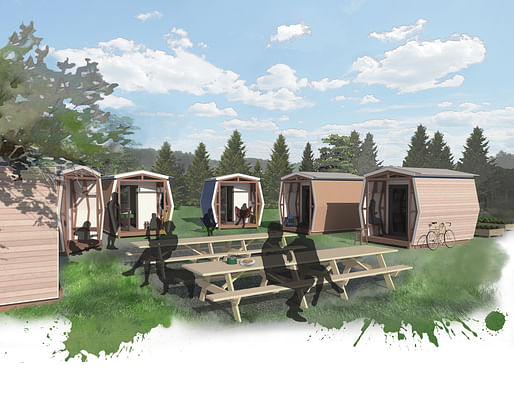
Launched in 1999, the inaugural Pickathon Music Festival was not so much a festival, but rather a small fundraiser for KBOO—a non-profit community radio station. Held in the woods nearby Portland, Oregon, the now annual summer event has grown into a sellout affair with lineups including Beach House, Angel Olsen, and Mac DeMarco. Though the festival has grown, the three-day event nicknamed "Portland's littlest big festival" has maintained its grassroots nature and continues to set itself apart from its festival competitors.
For starters, rather than only booking acts that have a big draw, the festival runners make a point of introducing their audience to new acts like Israeli pop star group A-WA or soul icon Charles Bradley. In addition, all artists at the festival play at least twice so audiences have multiple chances to see their acts. The festival has largely foregone corporate sponsorship with exceptions for companies like Kleen Kanteen, a reusable water bottle company, that fit into the festivals eco-conscious goal. The three-day event has completely eliminated single-use items like water bottles or plastic utensils and they don't even charge for water, which can easily run you $5+ at similar events.

In keeping with this ethos, five years ago, Pickathon began partnering with Portland State University's School of Architecture for the "Diversion-Design Build" initiative. The goal is to make the stage recyclable and every year since, students from the school have designed the Tree-Line Stage out of materials that could easily be reused once the music ends. Last year, the stage was made of wooden 2x4's, two years ago the students assembled 435 cardboard cylinders that were temporarily diverted from their use as cores for storing sheet metal, and the year before that, the team employed 520 wooden shipping pallets in a similar vein.
The stage design this year assembles 690 wooden trusses, using their triangular geometry as the repetitive building unit to create three vessel-like structures of various heights. Typically, the concept of the "Diversion-Design Build" studio, devised by School of Architecture faculty Travis Bell and Clive Knights, involves the creation of a transformative performance venue from mass-produced construction-related materials that are temporarily diverted from their usual industrial purpose and then sent back to work once the festival ends. However, this year, when the dust dies and festival goers go home, the wooden trusses, instead of being sent back, will be used to create new structures that provide shelter for homeless individuals.
Assistant Professor Travis Bell remarked on the project saying "we are aiming to make the biggest impact we can through the dual use of these materials, first as part of a powerful stage design that speaks of our shared human need for sanctuary and connectedness. Next, after the festival, the materials will be transformed into a series of tiny homes that offer actual sanctuary and safety for the individuals who will live in them, and the sense of connectedness and community that comes from being part of a village."


The PSU Center for Public Interest Design, together with community partners City Repair, Communitecture, Village Coalition, and Catholic Charities, will help lead the effort to create the village in Clackamas County, following the festival. PSU Architecture and Public Interest Design students will contribute their design expertise to the site design, layout, and construction of this new community, which will originate in the hotbed of musical creativity, shared humanity, and acceptance that sets Pickathon apart.
No Comments
Block this user
Are you sure you want to block this user and hide all related comments throughout the site?
Archinect
This is your first comment on Archinect. Your comment will be visible once approved.